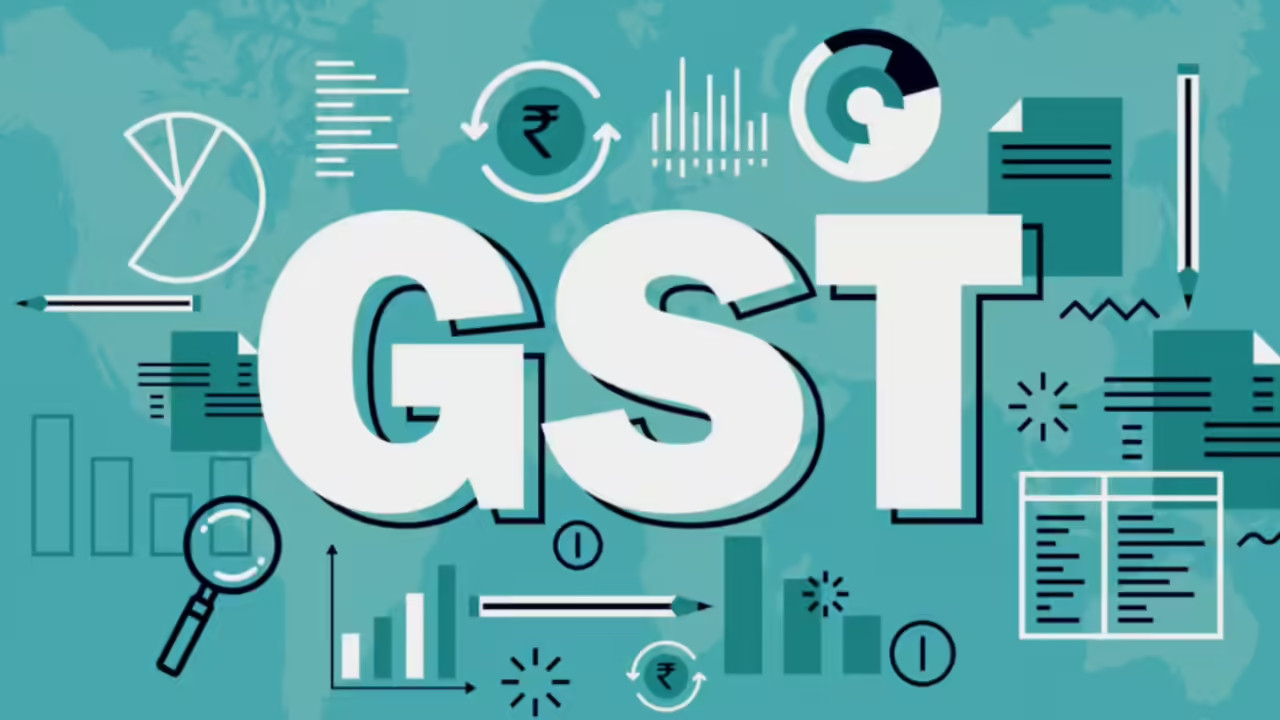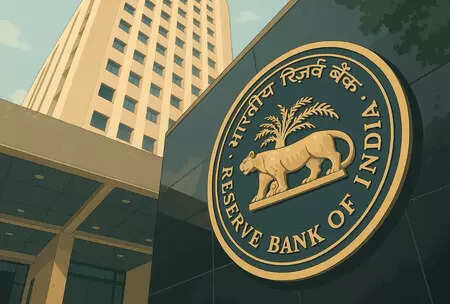India’s Tax Treasure Chest: Decoding the Latest GST Surge
India’s Goods and Services Tax (GST) continues to be a fascinating economic barometer, and the latest numbers are definitely worth a closer look. July saw a gross GST collection of ₹1.96 lakh crore, marking a robust 7.5% year-on-year increase. While smaller than the phenomenal growth rates witnessed in recent past, this steady climb paints a picture of a resilient Indian economy. But what’s driving this continued momentum, and what does it signal for the future? Let’s dive in.

Deeper Dive into July’s GST Collections
₹1.96 lakh crore is a significant figure. Of this, Central GST (CGST) amounts to ₹35,920 crore, State GST (SGST) comes in at ₹43,773 crore, and Integrated GST (IGST) stands strong at ₹1.02 lakh crore. Add to that a cess of ₹14,490 crore, and you see the multi-faceted nature of GST’s contribution to the national exchequer. The government has been effectively using various strategies to boost compliance, from cracking down on tax evasion to simplifying filing procedures. These efforts seem to be paying dividends.
The Broader Economic Context
While the 7.5% growth is noteworthy, it’s crucial to consider the larger economic landscape. The post-pandemic rebound significantly boosted previous GST numbers. As the economy finds its new equilibrium, a more measured growth rate is expected. Factors like global economic headwinds, inflationary pressures, and fluctuating commodity prices all play a role in shaping GST performance. Despite global slowdown fears, domestic consumption is expected to remain strong, and this would play a huge part in continued strong GST collection numbers.
State-Wise Performance: A Mixed Bag
It’s always interesting to see how individual states are contributing to the GST kitty. Some states are consistently outperforming others, reflecting their economic activity and efficiency in tax collection. Variations in performance can highlight regional disparities and inform policy decisions aimed at promoting inclusive growth across the country. Examining state-level data gives a much granular perspective than simply looking at the national headline number.
Impact on Businesses and Consumers
For businesses, a stable and predictable GST regime is crucial for planning and investment. The simplified tax structure brought about by GST has reduced the cascading effect of taxes, making goods and services more affordable. For consumers, efficient GST collections mean more resources for public services and infrastructure development. The revenue generated allows the government to invest in projects that improve the quality of life for all citizens.
Looking Ahead: The Future of GST
The future of GST in India looks promising. With ongoing efforts to streamline the system, improve compliance, and expand the tax base, GST is poised to become an even more significant revenue source for the government. Further simplification of procedures, leveraging technology for better monitoring, and strengthening enforcement mechanisms will be key to unlocking its full potential. There is also a continuing discussion on bringing more items under the GST net, such as petroleum products. This would greatly increase GST collection, but it remains politically sensitive.
Learn more about related economic indicators and their impact on the Indian economy on our economic analysis page.
The healthy GST collection figures of July reflect the resilience and continued growth of the Indian economy. While the pace of growth may have moderated from previous highs, the steady increase demonstrates the effectiveness of the GST system and its crucial role in supporting India’s economic development. By understanding the nuances of GST and its impact on various sectors, we can better appreciate its contribution to building a prosperous and equitable India. As compliance improves and the economy strengthens, GST collection is expected to become an even stronger pillar of India’s fiscal strength.







